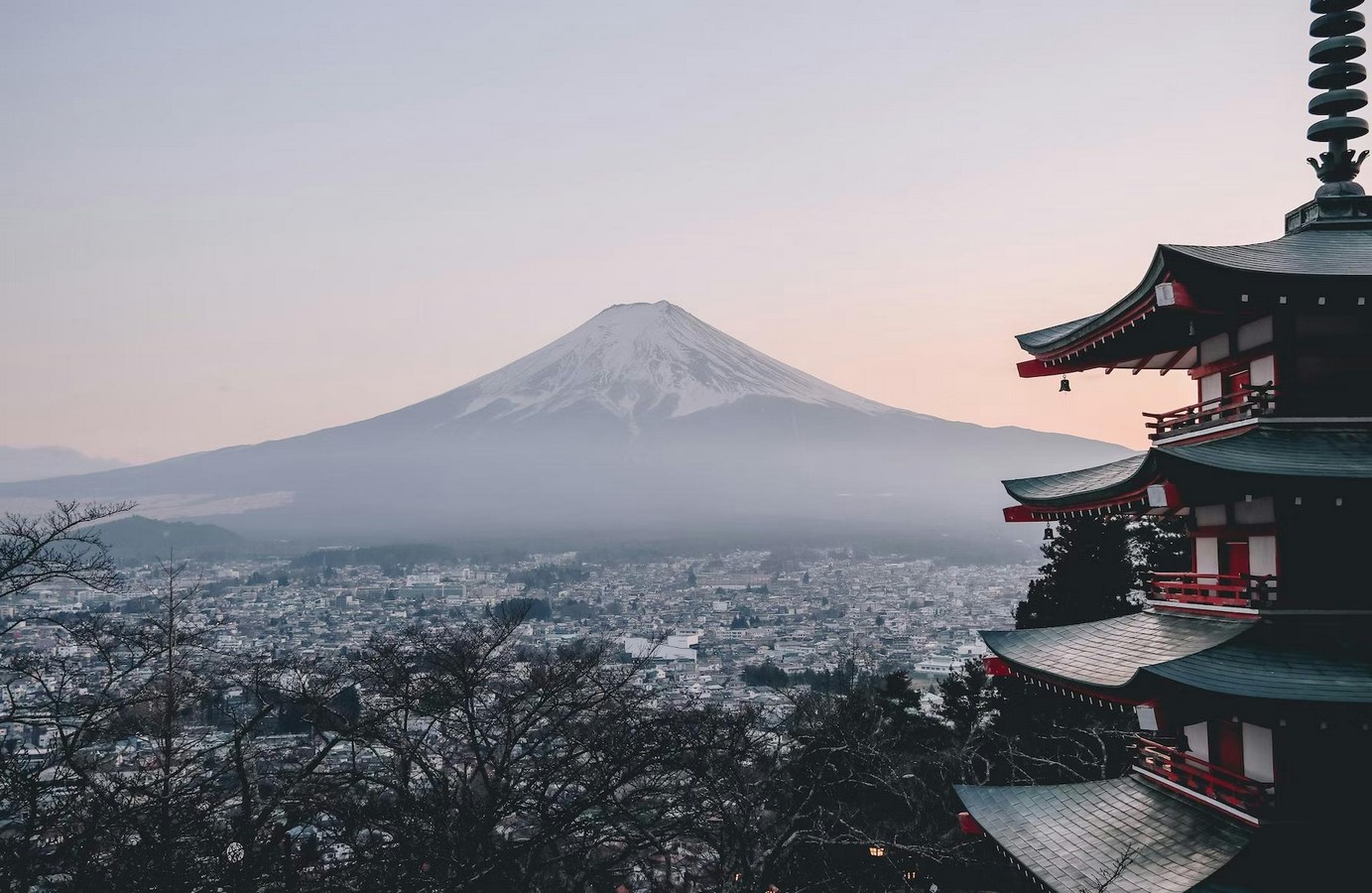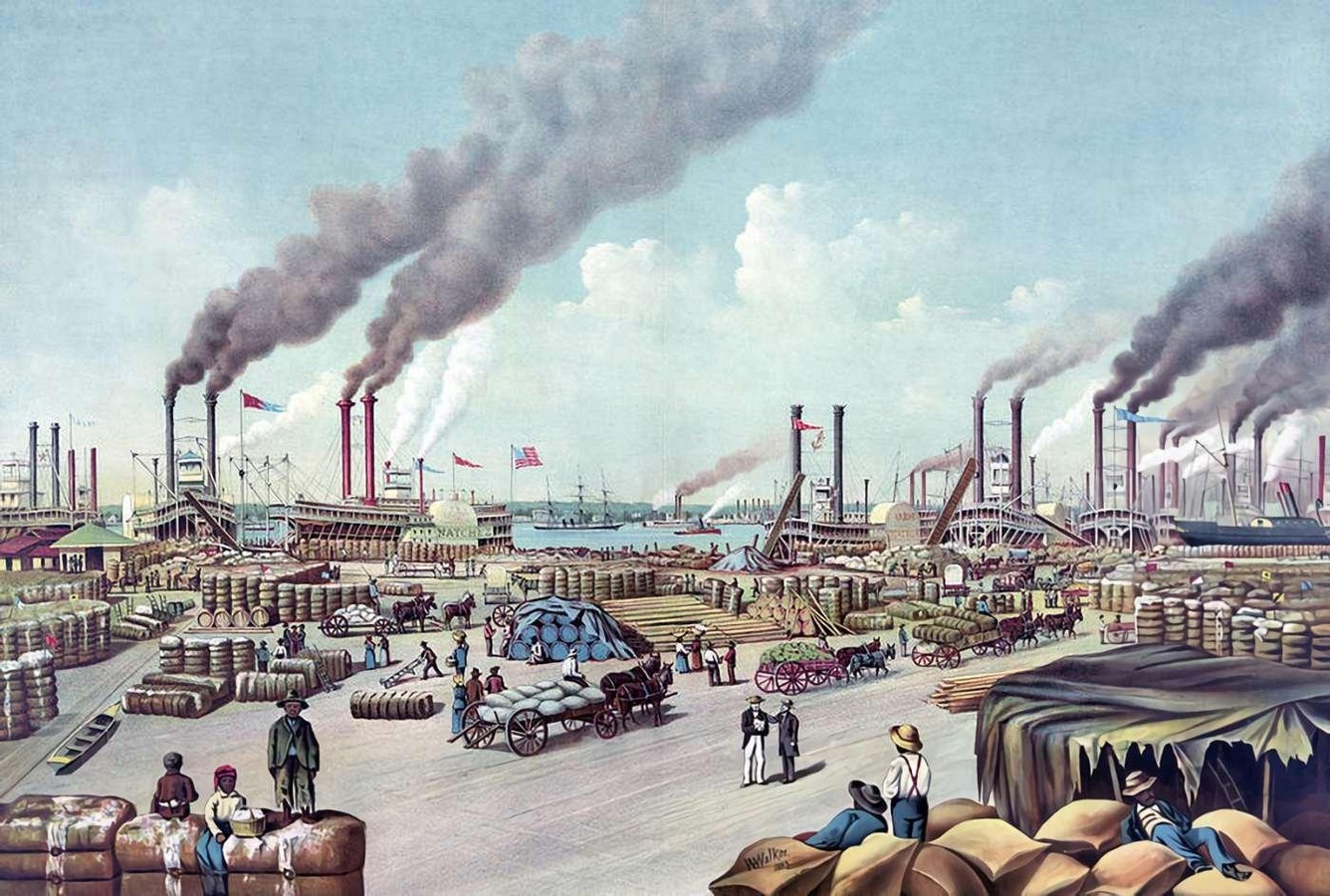Japan being the epicenter of cultural balance and technological advancements has proved to have a tremendous impact on the world. Not only has Japanese culture taken elements from other places but it has evolved into something entirely different with perfect harmony. Every culture around the world has its unique point of distinction and so does the land of the rising Sun. Apart from being famous for pop culture, the art and architecture associated with Japan have always been distinct.

Japanese culture is notably shaped by Shinto beliefs, a force that consistently influences the nation’s architectural style. Despite the forces of Westernization, the Japanese have tenaciously clung to their cultural roots, a remarkable aspect that defines their identity. Chinese influence on Japanese culture is prominent, especially with the arrival of Buddhism, which brought a nuanced shift in cultural and architectural dynamics. The coexistence of Shinto and Buddhist influences creates a unique and harmonious balance. Traditionally, Japanese structures were built on the principle of Kanso, fostering peace and harmony not only among the inhabitants but also with the surrounding nature, akin to the principles of feng shui emphasizing Zen and peace.
The Japanese preference for natural and sustainable materials such as wood, paper, and bamboo has influenced architects globally. The emphasis on organic materials aligns with contemporary trends towards environmentally conscious and sustainable building practices. Architects worldwide now explore traditional Japanese materials, redefining the relationship between structures and the environment. In a world where urban spaces are at a premium, Japanese architecture’s emphasis on spatial efficiency has become a guiding principle for architects globally. The ability to maximize small spaces for optimal functionality without compromising on aesthetics is a skill honed by Japanese architects. The efficient use of space in Japanese architecture has inspired a shift towards compact living and innovative space utilization worldwide.
The Industrial Revolution reshaped the global landscape, and Japan emerged as a technological powerhouse, particularly known for its advancements in robotics. The Japanese educational and work systems, characterized by their intensity, have positioned the country at the forefront of global technological innovation, significantly improving public life.

Historically rooted in Chinese architectural influences, Japanese architecture predominantly features elevated wooden structures, with distinguishing characteristics lying in the prominence of their roofs. Even in contemporary times, Japanese architecture seamlessly blends Western aesthetics with traditional design values.
Much like the concept of Yin and Yang, Japan has successfully maintained a delicate balance between its deeply rooted culture and the rapidly advancing world. This cultural pride is ingrained in every generation, evident in their lifestyle choices. Traditional construction materials, especially wood, have been consistently utilized, offering resilience against natural calamities.
Majority of the Japanese structures are earthquake resistent, being prone to natural disasters, this could inspire many other parts of the world to create similar structures. Traditional Japanese urban planning principles, such as compact city layouts and mixed-use development, influence global urban design. The emphasis on pedestrian-friendly zones and thoughtful integration of public spaces reflects a holistic approach to city planning.
Since the 19th century, Japanese architecture has made a global impact. The principles of minimalism and sustainability inherent in Japanese architecture predate their global recognition as trends. The concept of green buildings and the construction of simplistic structures in harmony with nature has been fundamental in Japan for centuries. The architectural style emphasizes the human experience and its connection with the surrounding space, serving as a timeless source of inspiration for contemporary society.

While evolution is inevitable in a rapidly changing world, Japan exemplifies the importance of holding onto cultural foundations. Acknowledging the past is crucial for navigating the future successfully. Cultures, as defined by their spaces, wield transformative power over the environment. Many historical cultures respected nature and coexisted harmoniously with their surroundings. Japan achieves a perfect fusion of these elements in its lifestyle, setting its culture apart and influencing the global community.
In fostering cultural continuity, Japan encapsulates the essence of embracing change while preserving the core values that define a society. This unique blend makes Japan’s culture distinct and influential on the global stage. The ability to harmonize tradition with innovation allows Japan to stand as a beacon, demonstrating that progress need not come at the expense of cultural identity
In conclusion, Japan’s cultural and technological impact on the world is undeniable. From its architectural traditions rooted in Shinto and Buddhist influences to its advancements in robotics and sustainable architecture, Japan has consistently shaped the global narrative. Cultures define spaces and can bring about several changes in the environment, most of the cultures of the past have respected nature and have lived in direct harmony with the space around them. The delicate balance between tradition and progress exemplified by Japan serves as a timeless source of inspiration, urging societies worldwide to embrace change at the same time cherishing their cultural heritage.
References:
Manuel Cosentino. (2018) Mt. Fuji. [Photograph] Available at : https://unsplash.com/photos/mt-fuji-n–CMLApjfI
Hrothsige Frithowulf. (2022) Industrial Revolution. [Digital Art] Available at: https://malevus.com/industrial-revolution/
Sorasak. (2017) two women in purple and pink kimono standing on street. [Photograph] Available at : https://unsplash.com/photos/_UIN-pFfJ7c














